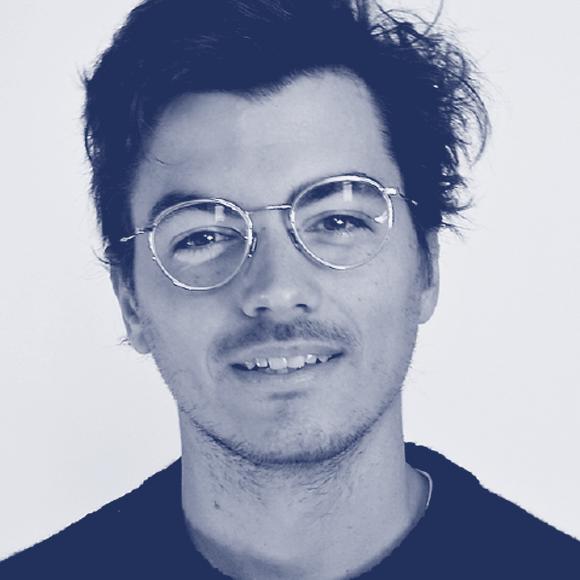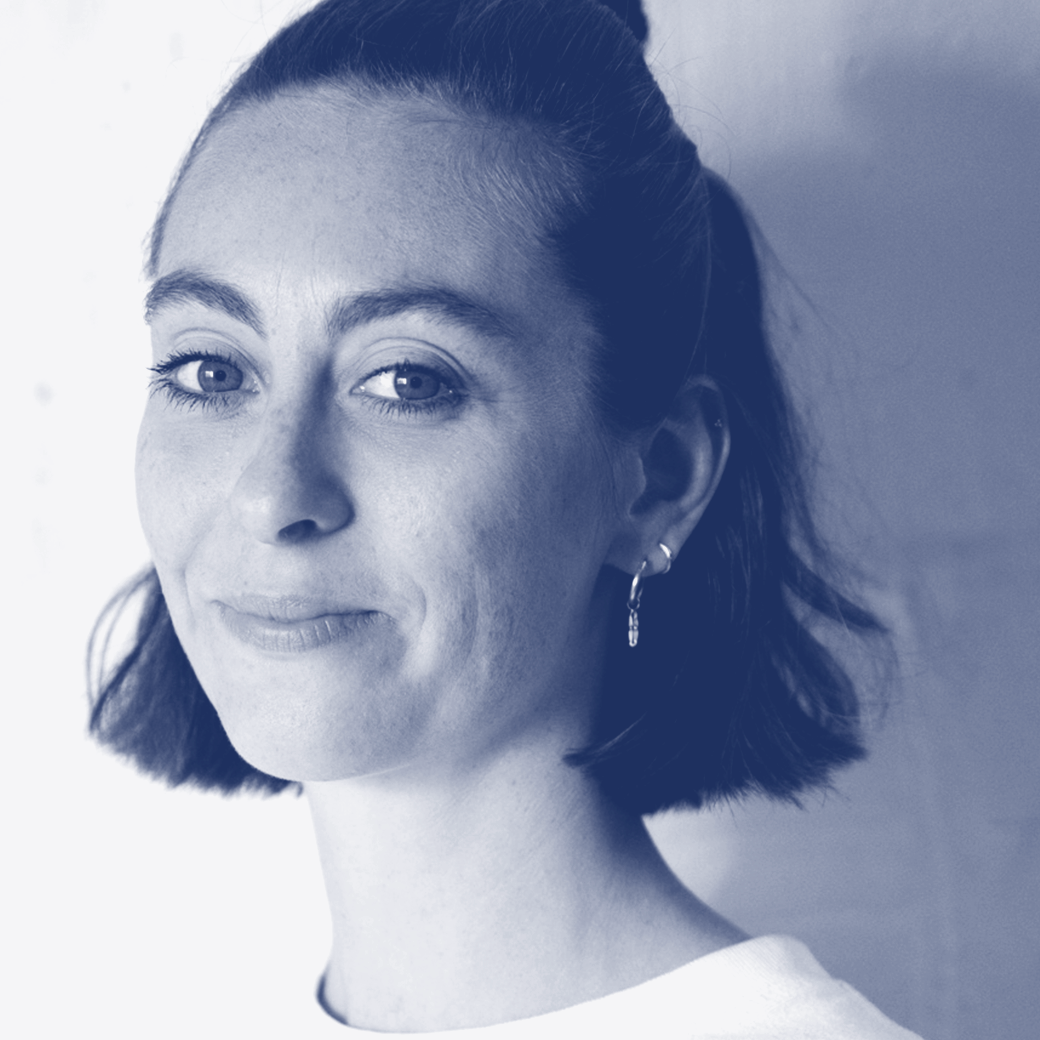After an amazing full day of type and graphic design conferences within Now23, TypeParis Summer23 has begun! On Thursday 19th June, the new attendees meet their first instructors for the course, Jean François Porchez and Gina Serret and to dive quickly into the first day's content: humanistic calligraphy and lettering.
Later in the first week of the programme, we also received the instructors Mathieu Réguer and Julie Soudanne, we visited the Bibliothèque nationale de France, we started to define all personal typeface projects and we even had time to celebrate the traditional garden party!
Calligraphy to type design
After a global introduction by the instructors of the programme to the attendees of TypeParis Summer23, Jean François Porchez and Gina Serret started the first session of the programme: humanist calligraphy.
Gina Serret shared with the attendees some tips to write humanistic calligraphy properly to start type design on good basis. Why do we start from calligraphy? It is essential to learn to identify the key strokes of the Latin writing system. They all started from a Carolingian model, then to Renaissance minuscule models. In other words, learning the basis of this calligraphy style serves as a perfect start-off for the attendees to comprehend the direct influence to type design of both the position of the broad-nib pen on the paper and the ductus – the proper movements to create each letter – while writing by hand.
Later in the same day, the attendees were ready to switch to the size they will start from to explore the humanist letterforms more in detail. After that big size calligraphic exploration, they started to draw on tracing paper directly from their calligraphy models. Through this traditional technique of hand-drawing, the attendees were able to stabilize letterforms while discovering also the different attributes and axes of a design space – contrast, modulation, serifs and endings.
Redrawing they own calligraphic letterforms allowed them to study and reconstruct letter proportions, weight, contrast, endings and serifs to end up finding a coherent system of construction for their own humanist modular alphabet. They learned to think in a global way, to understand all the shapes as a unique system. Because designing a typeface actually means crafting a multitude of systems that must function all together.

Building a brief for a typeface project
In parallel with the humanist typeface exercise of this first stage, the first week is also moment to start brainstorming and building a brief for a personal typeface project who will last throughout the Summer23 programme. During the second week, together with the instructors, we spend some time discussing and refining all the briefs to be consistent enough to begin fully working on them during the next phase of the course.
Bibliothèque Nationale de France
All these kickoff activities are accompanied by one of the most impressive outdoors visit of the programme: the meeting at the Livres Rares department of François Mitterrand Bibliothèque Nationale de France. There, the attendees were able to explore through a collection of 17-19th century rare books containing extraordinary type specimens that could help them out finding a starting point for the first sketches of their personal projects. But also to understand the evolution of typographical forms through the books presented.

Humanist typeface keyword and design space
By the end of this first phase, attendees explored the design space while expanding their first type design exercise. They learned to go back to calligraphy when necessary; an easy way to be sure that our letterforms are well constructed.
They explored and searched for the letterforms extremes based on each humanist calligraphic alphabet. This mean, designing a Thin, a Black, a High contrast version or a Condensed version. This is a crucial point to understand how a terminal ending – such the top of the f – can adapt to different contexts. How the same serif must be delicate in High contrast version, but thick and short in Black weight for text.
At the end, the mission of understanding the design space variables was successfully accomplished! Because of course this process will be resumed for the personal project a few days later.
And last but not least, they enrolled as well how to move from sketches on tracing paper to digital outlines using Bézier curves on Glyph app in a professional way.

After such very intense week, the well deserved a garden party on Saturday. During this regular event, attendees can get to know each other as well as meet TypeParis alumni. It is a necessary break to chill and recover energy to be back to the classroom.
A lot more to come on Phase 2!
– By Gina Serret
Learn more about TypeParis courses and conferences!
➼ Type & graphic designers interviews
➼ Summer23 programme
➼ Reports
➼ Attendees feedback series
Apply to TypeParis Summer24 course!
The deadline for applications will be next 14 March 2024.
SPONSORS





























